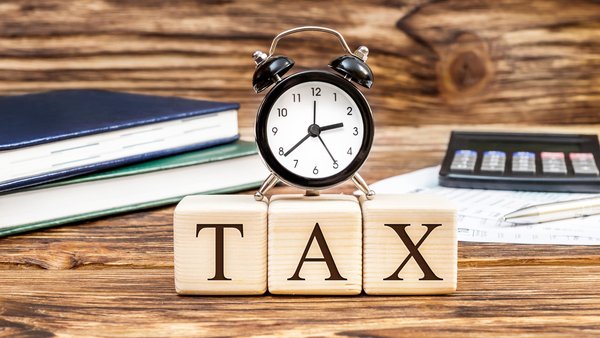For people new to investing or those who are simply looking for a different way to approach their portfolio, top-down investing can offer a change in perspective and approach. Although there's no one right way to invest your money, top-down investing is sometimes a bit less intimidating way to get started, depending on how your brain works.

What is top-down investing?
What is top-down investing?
In top-down investing, an investor looks at any new investment from the top down. They start with the broader economic climate, drill into market sectors that seem like they'll benefit from the current climate, and then choose stocks or other securities that best seem to reflect trends in the wider economy.
Although many top-down investors are looking for baskets of securities like pre-bundled exchange-traded funds (ETFs), others simply use this approach as a way to ensure they're investing in the right countries and industries. Top-down investors can be passive or active, depending on their longer-term goals and how much time they want to devote to managing their portfolios.
How does it work?
How does top-down investing work?
In top-down investing, investors start by considering global economic factors, including things like import/export balances, potential global political volatility, inflation, monetary policy, and so forth. With these thoughts in mind, it becomes easier to choose a country or region in which to invest. If a country is experiencing very high inflation or a region is struggling with volatility, those might be areas to avoid.
In a very simplistic model, you might next look at industries within that country (or within multiple countries if your target is multinational corporations) to establish which are thriving and which are in real trouble. For example, you might decide the South Korean auto industry is really doing a bang-up job and choose to put your money in that direction.
For some top-down investors, it stops here. They would then choose an ETF or other security that tracked their chosen geography and industry as a whole. But others may drill down and choose a few South Korean car companies that seem like they have bright futures or simply buy a few of each.
What to look for
What characteristics do top-down investors look for?
Just like bottom-up investing, top-down investors often have their own favorite indicators that they lean in on. In general, a few you might consider would be:
Gross domestic product. The gross domestic product (GDP) of a country can tell you if the economy is growing, shrinking, or stagnating, which can also tell you a lot about whether or not its industries will be able to perform over the longer term. A country that's had steady GDP growth over a long period is a country that's likely growing at a sustainable pace.
International trade balances. Trade balances are tricky things, but they're one way to help gauge the reliance of one country on others. In general, if one country is very heavily dependent on a single trade partner for particular goods or materials, that can cause serious problems if its trade partner's crops fail, raw minerals dry up, or manufacturing processes slow.
For example, if the South Korean car industry was heavily dependent on microchips from Japan and had no other reliable sources for these chips, a bad year for shipping in Japan could hurt the South Korean car industry, too. However, if South Korea has multiple trading partners that can supply those chips, it's not great for Japan to have a bad year distributing its goods, but it won't badly affect the South Korean car industry since it will still be able to get its necessary components.
Internal political upheaval. No one wants to think about another country on the brink of civil war, but it's important for top-down investors to consider. If the country you're looking at is not politically stable, the country may soon experience issues like massive drops in employment, out-of-control inflation, and even draconian rulemaking that limits or destroys entire industries.
Related investing topics
Top-down vs. bottom-up
Top-down investing vs. bottom-up investing
Many investors are more familiar and comfortable with bottom-up investing, which is an approach that looks at individual companies before looking at the wider context in which they exist. While many great stock investments have been made using bottom-up investing, top-down investing can also be a great tool.
Top-down investing and bottom-up investing are really just two sides of the same coin, if you think about it. Although many top-down investors stop looking too closely once they reach the company level, and many bottom-up investors don't pay too much attention to the global economy, both theoretically look at every level of risk for their investment.
Sometimes, it simply makes more sense to evaluate some companies using a bottom-up approach and balance that by investing in industries using a top-down approach. This is one way to create a more diversified portfolio.


































